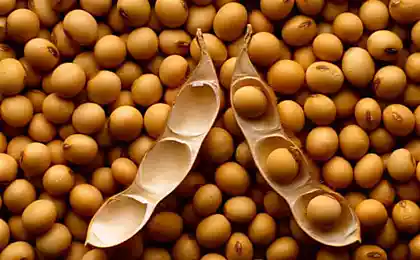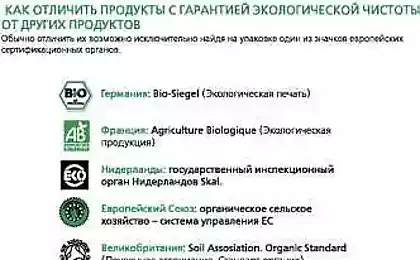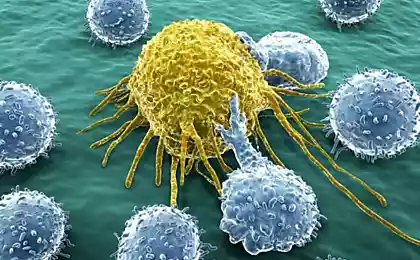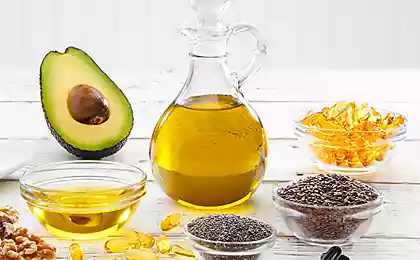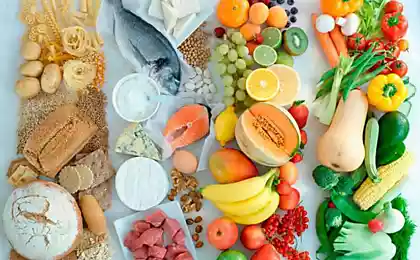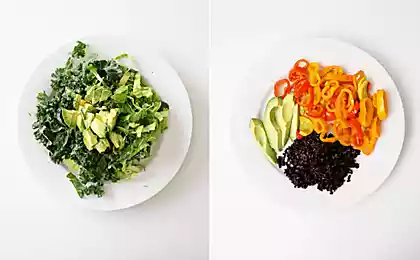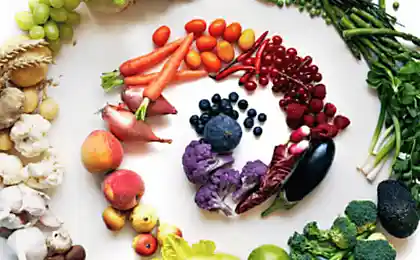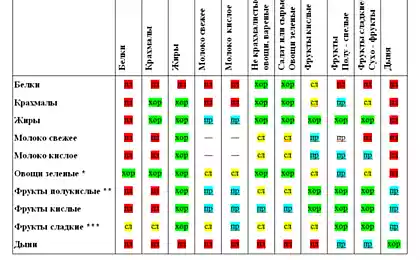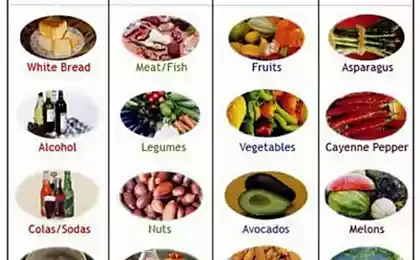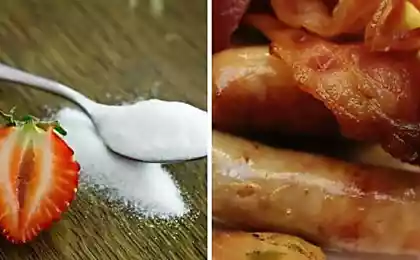1313
Products that are dangerous to health
Food poisoning - it's awful, and even potentially life-threatening. But to determine how safe the food we eat - it is difficult, in part because it is a relatively rare problem. But knowing which foods are potentially hazardous to your health, you can protect yourself in the future.
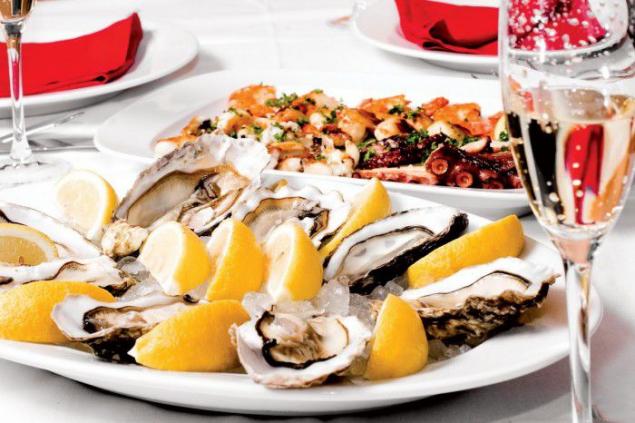

The Center for Science in the Public Interest released a list of 10 products, which were most often linked outbreaks of various diseases since 1990. (It also includes seafood, eggs and dairy products, but no meat.) We can understand the risks and dangers, but avoid these types of food is very difficult. "They are everywhere, and even form part of a healthy diet," - said Sarah Klein employee CSPI.

Greenery.
Yes, it's your favorite greens - lettuce, endive, spinach, kale, arugula and chard. These plants have caused 363 outbreaks with 13,568 cases in 1990. (Remember the bags of spinach in 2006?)
Green plants can be contaminated with manure, rinsed in dirty water or touched with unwashed hands before you bought them. To prevent disease, it is necessary to thoroughly wash the greens and try to prevent cross-contamination (improper handling of meat in the kitchen can cause the spread of bacteria to other food products, including greens), wash your hands and use separate cutting boards.

Eggs.
This favorite breakfast was the cause of all diseases 352 people since 1990, mostly because of the salmonella bacteria. The bacteria can lurk inside the egg, so proper cooking is the key in this situation (since heat treatment kills germs). Avoid any products containing raw eggs.
"Our foods are not safe," - says Dr. Craig Hedberg, University of Minnesota School of Public Health in Minneapolis. "For every three-four thousand, one serving is poisoning," - he said.
Nevertheless, the "raw foods such as eggs may be contaminated and must be handled properly".
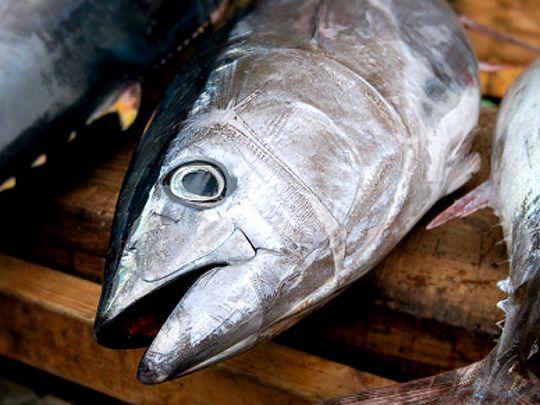
Tuna.
This kind of fish can be contaminated skombrotoksinom that causes hot flashes, headaches and cramps. He maintained even at temperatures above 60 degrees. Fresh fish can release toxins that are in the process of cooking are not destroyed.
Since 1990, the tuna with skombotoksinom caused 268 cases of poisoning.
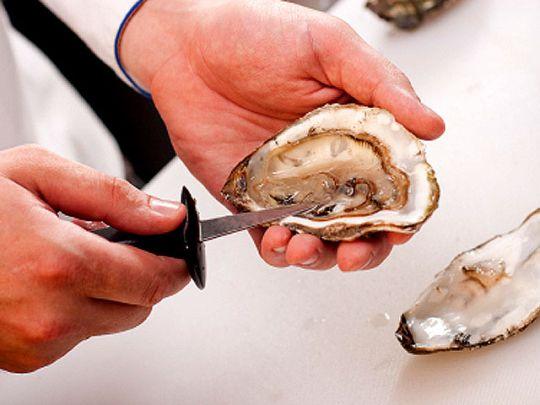
Oysters
Before turning into an expensive delicacy, oysters are hidden on the ocean floor. Best of all they are able to filter the water. And if the water they filter polluted, you yourself are the same. (Or they may be contaminated during processing.)
If oysters are served raw or undercooked, they can contain various pathogens - mostly norovirus and bacteria known as vulnificus Vibrio - which can cause nausea, vomiting and diarrhea.
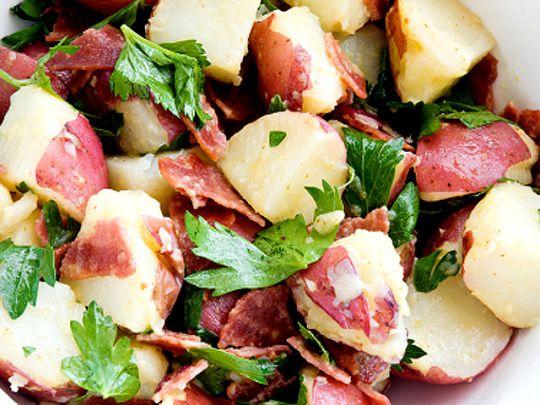
Potatoes.
Freshly washed potatoes, if properly prepared, is unlikely to cause poisoning. But it is necessary to follow the potato salad. Cross contamination - the transfer of microbes from one type of food is usually from meat -can become another source of the problem.
Potatoes are linked to outbreaks of disease caused by a bacteria of the genus Listeria, Shigella, E. coli and salmonella.
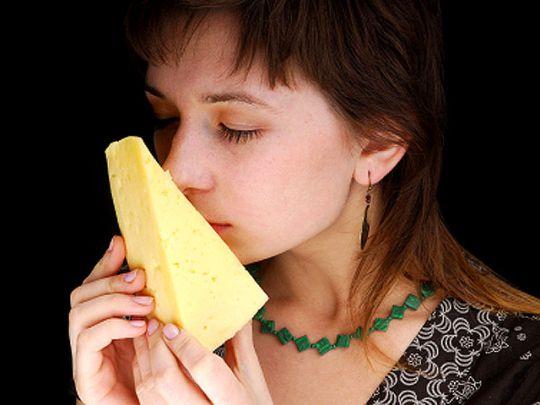
Cheese.
Although restaurants are the main source of food poisoning related to food, most of the people who were poisoned cheese, consumed the product at home. The cheese may be contaminated with bacteria such as Salmonella and Listeria, which in turn may lead to miscarriages in women.
That's why doctors warn pregnant women that they did not eat soft cheeses such as feta, Brie, Camembert, blue-veined, and Mexican cheese.

Ice cream.
Everyone loves ice cream, but since 1990, according to the CSPI, it was the cause of 75 cases of poisoning caused by bacteria such as salmonella and staphylococcus.
The largest outbreak occurred in 1994, when the party pasteurized premium ice cream has been delivered in a truck contaminated with salmonella, and then the ice cream is re-used without pasteurization.
"People make ice cream at home using raw eggs" - says Hedberg.

Tomatoes.
Although tomatoes were found "not guilty" in a flash of poisoning in 2008, when thousands of people became ill (the culprits appeared peppers) this summer 31sluchay poisoning due tomatoes still occurred.
"Lettuce and tomatoes can be contaminated, especially when they are only brought into the house, but it all depends on you, you must not allow the bacteria grew and multiplied", - says Hedberg.
To do this: Wash hands for 20 seconds with warm water and soap before and after cooking fresh foods; Wash fruits and vegetables under running water just before eating, cutting or cooking.
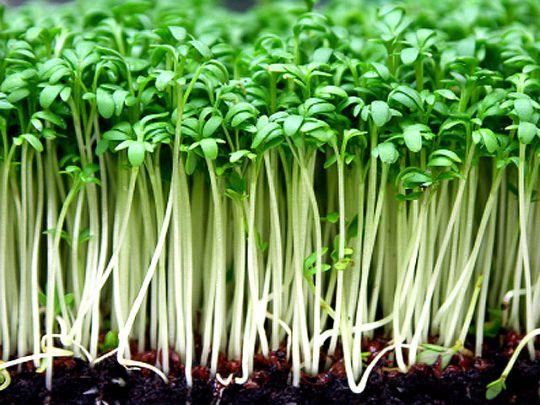
Sprouts.
Although sprouts almost a visual aid for your child about healthy eating, they may also be contaminated with bacteria. The seeds are used for planting may be contaminated in the field. And water and warm growing conditions that stimulate germination, can also stimulate the growth of bacteria.
FDA and CDC recommend the elderly, young children and people with weakened immune systems not eat raw sprouts.

Berries.
Another common source of food poisoning include berries, including strawberries, raspberries, blackberries. In 1997, there was a flash, while thousands of sick children through school lunches, where frozen strawberries was contaminated with hepatitis A. (probably from farm workers in Baja California, Mexico).
In other cases of poisoning have been associated with raspberries, imported from Chile and Guatemala - they were caused by Cyclospora, which causes severe diarrhea, dehydration and cramps.


The Center for Science in the Public Interest released a list of 10 products, which were most often linked outbreaks of various diseases since 1990. (It also includes seafood, eggs and dairy products, but no meat.) We can understand the risks and dangers, but avoid these types of food is very difficult. "They are everywhere, and even form part of a healthy diet," - said Sarah Klein employee CSPI.

Greenery.
Yes, it's your favorite greens - lettuce, endive, spinach, kale, arugula and chard. These plants have caused 363 outbreaks with 13,568 cases in 1990. (Remember the bags of spinach in 2006?)
Green plants can be contaminated with manure, rinsed in dirty water or touched with unwashed hands before you bought them. To prevent disease, it is necessary to thoroughly wash the greens and try to prevent cross-contamination (improper handling of meat in the kitchen can cause the spread of bacteria to other food products, including greens), wash your hands and use separate cutting boards.

Eggs.
This favorite breakfast was the cause of all diseases 352 people since 1990, mostly because of the salmonella bacteria. The bacteria can lurk inside the egg, so proper cooking is the key in this situation (since heat treatment kills germs). Avoid any products containing raw eggs.
"Our foods are not safe," - says Dr. Craig Hedberg, University of Minnesota School of Public Health in Minneapolis. "For every three-four thousand, one serving is poisoning," - he said.
Nevertheless, the "raw foods such as eggs may be contaminated and must be handled properly".

Tuna.
This kind of fish can be contaminated skombrotoksinom that causes hot flashes, headaches and cramps. He maintained even at temperatures above 60 degrees. Fresh fish can release toxins that are in the process of cooking are not destroyed.
Since 1990, the tuna with skombotoksinom caused 268 cases of poisoning.

Oysters
Before turning into an expensive delicacy, oysters are hidden on the ocean floor. Best of all they are able to filter the water. And if the water they filter polluted, you yourself are the same. (Or they may be contaminated during processing.)
If oysters are served raw or undercooked, they can contain various pathogens - mostly norovirus and bacteria known as vulnificus Vibrio - which can cause nausea, vomiting and diarrhea.

Potatoes.
Freshly washed potatoes, if properly prepared, is unlikely to cause poisoning. But it is necessary to follow the potato salad. Cross contamination - the transfer of microbes from one type of food is usually from meat -can become another source of the problem.
Potatoes are linked to outbreaks of disease caused by a bacteria of the genus Listeria, Shigella, E. coli and salmonella.

Cheese.
Although restaurants are the main source of food poisoning related to food, most of the people who were poisoned cheese, consumed the product at home. The cheese may be contaminated with bacteria such as Salmonella and Listeria, which in turn may lead to miscarriages in women.
That's why doctors warn pregnant women that they did not eat soft cheeses such as feta, Brie, Camembert, blue-veined, and Mexican cheese.

Ice cream.
Everyone loves ice cream, but since 1990, according to the CSPI, it was the cause of 75 cases of poisoning caused by bacteria such as salmonella and staphylococcus.
The largest outbreak occurred in 1994, when the party pasteurized premium ice cream has been delivered in a truck contaminated with salmonella, and then the ice cream is re-used without pasteurization.
"People make ice cream at home using raw eggs" - says Hedberg.

Tomatoes.
Although tomatoes were found "not guilty" in a flash of poisoning in 2008, when thousands of people became ill (the culprits appeared peppers) this summer 31sluchay poisoning due tomatoes still occurred.
"Lettuce and tomatoes can be contaminated, especially when they are only brought into the house, but it all depends on you, you must not allow the bacteria grew and multiplied", - says Hedberg.
To do this: Wash hands for 20 seconds with warm water and soap before and after cooking fresh foods; Wash fruits and vegetables under running water just before eating, cutting or cooking.

Sprouts.
Although sprouts almost a visual aid for your child about healthy eating, they may also be contaminated with bacteria. The seeds are used for planting may be contaminated in the field. And water and warm growing conditions that stimulate germination, can also stimulate the growth of bacteria.
FDA and CDC recommend the elderly, young children and people with weakened immune systems not eat raw sprouts.

Berries.
Another common source of food poisoning include berries, including strawberries, raspberries, blackberries. In 1997, there was a flash, while thousands of sick children through school lunches, where frozen strawberries was contaminated with hepatitis A. (probably from farm workers in Baja California, Mexico).
In other cases of poisoning have been associated with raspberries, imported from Chile and Guatemala - they were caused by Cyclospora, which causes severe diarrhea, dehydration and cramps.


